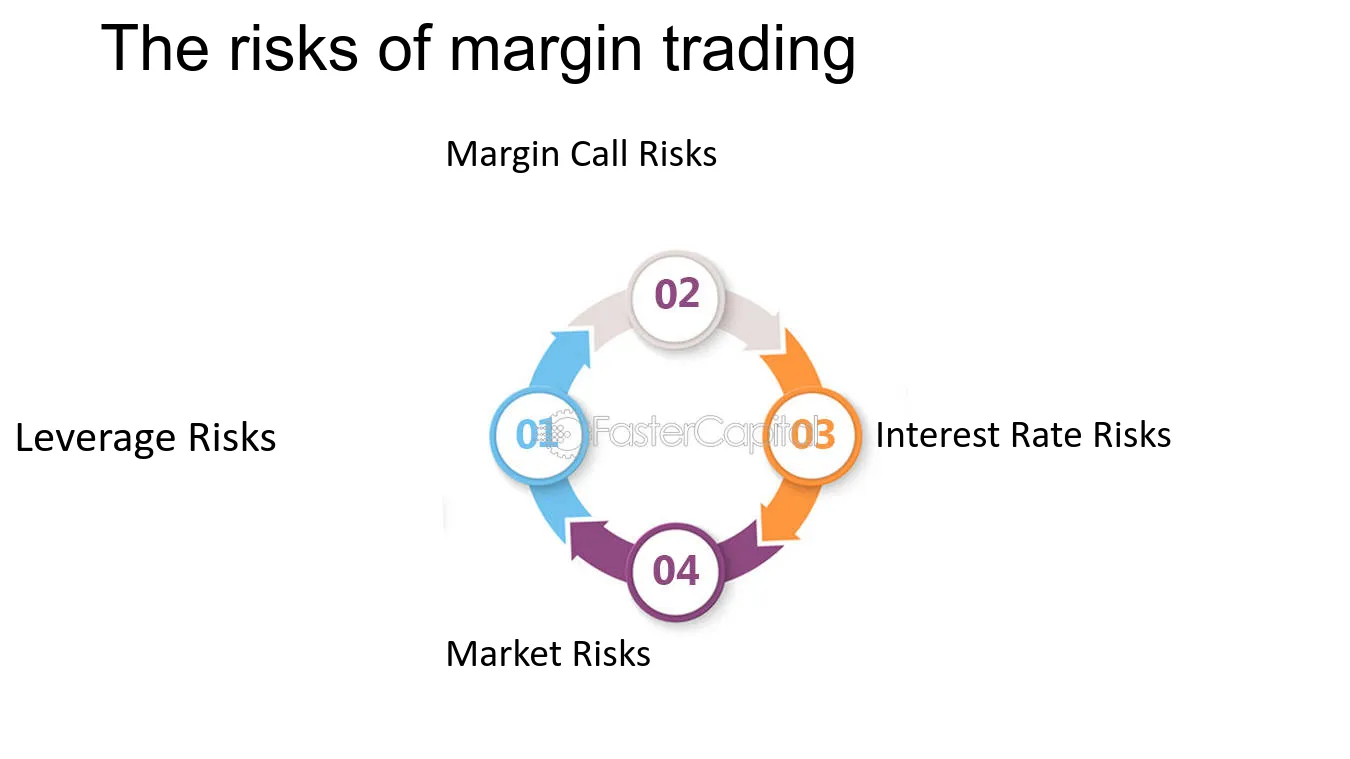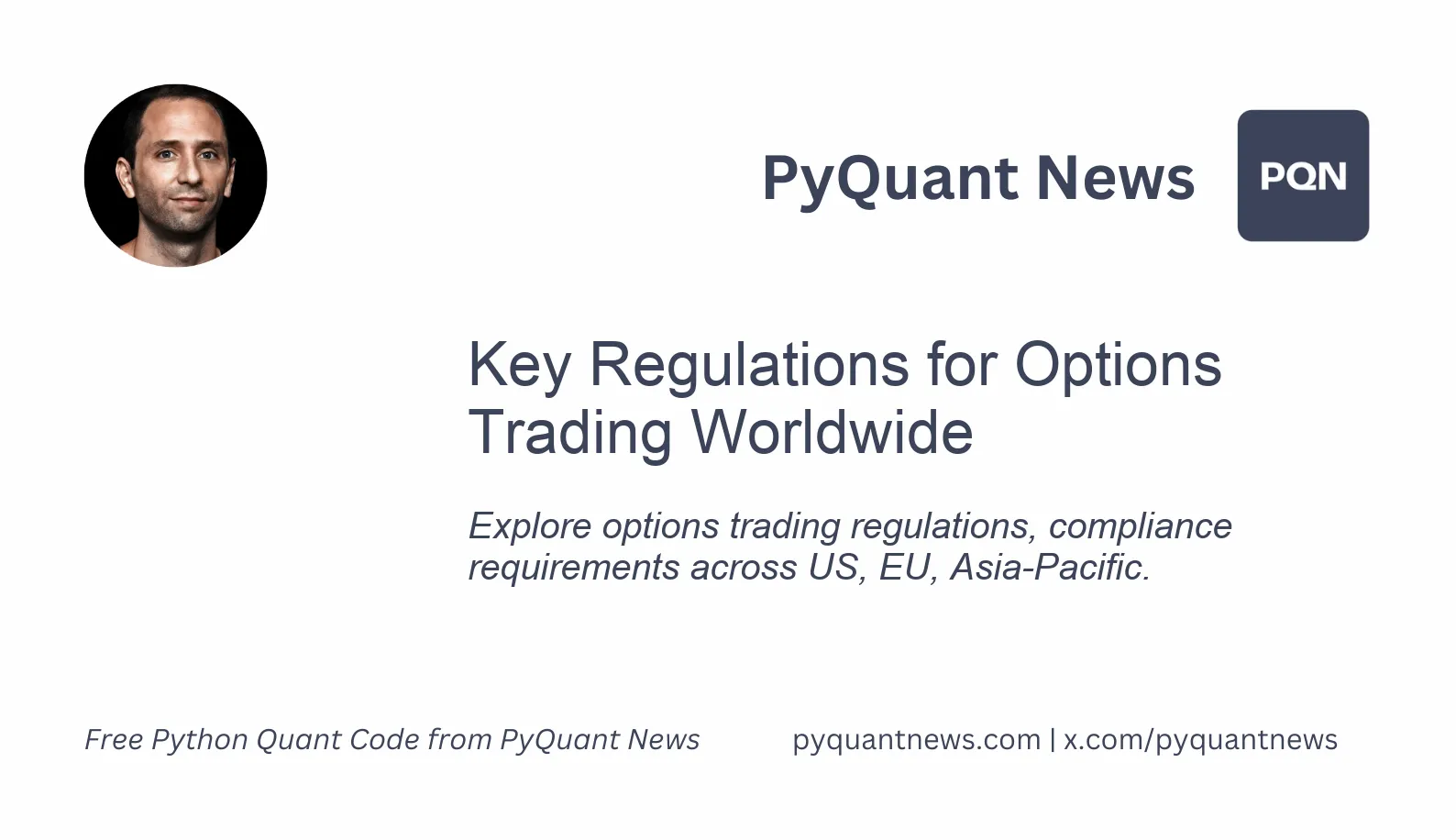Did you know that trading on margin can sometimes feel like borrowing a friend’s car—exciting but risky? In this article, we dive into the critical margin rules established by the SEC and FINRA, which every investor should understand. We’ll explore SEC margin rules, how FINRA regulates margin trading, and clarify key concepts like initial and maintenance margins. Learn about the specific margin requirements for stocks, the workings of margin calls, and the risks associated with margin trading. We also discuss the eligibility of securities for margin trading, account type variations, and the rules governing short selling. Additionally, find out how margin rules impact retail investors and what disclosures are necessary for margin accounts. Lastly, we’ll cover the enforcement of these rules and any recent changes. Stay informed with DayTradingBusiness to navigate the world of margin trading safely!
What are the SEC margin rules for investors?
SEC margin rules require investors to maintain a minimum margin of 25% of the total purchase price in their margin account. The initial margin for buying stocks on margin is generally 50%, meaning you must cover half of the purchase cost with your own funds. Maintenance margin is typically set at 25%, so if your equity drops below that, you receive a margin call to deposit more funds. The SEC and FINRA also restrict certain securities from being bought on margin and set rules for short sales and leverage limits.
How does FINRA regulate margin trading?
FINRA regulates margin trading by setting rules on margin requirements, reporting, and disclosure. Broker-dealers must follow FINRA’s rules for approving margin accounts, maintaining minimum equity levels, and monitoring margin calls. They are also required to disclose risks and terms of margin trading to clients. FINRA enforces these rules through audits and disciplinary actions to ensure compliance and protect investors.
What is initial margin in securities trading?
Initial margin is the minimum amount a trader must deposit when opening a leveraged securities position, typically a percentage of the total trade value, set by SEC and FINRA rules.
How is maintenance margin different from initial margin?
Maintenance margin is the minimum equity you must maintain in your margin account after purchasing securities, usually around 25% to 30%. Initial margin is the upfront percentage you need to deposit to open a margin position, often 50%. Maintenance margin prevents account liquidation if your equity drops, while initial margin is the starting collateral required to open the trade.
What are the margin requirements for stocks under SEC rules?
The SEC and FINRA require a minimum initial margin of 50% for stocks, meaning you must deposit at least half of the purchase price. The maintenance margin is typically 25%, so your equity must stay above that level after the trade. Brokers can set higher requirements, but 50% initial and 25% maintenance are standard minimums.
How do margin calls work according to SEC and FINRA?
Margin calls happen when your account’s equity falls below the minimum maintenance margin required by SEC and FINRA rules. If your margin account dips too low, your broker will notify you to deposit more funds or sell assets to meet the required level. If you ignore the call, the broker can sell your securities without further notice to cover the shortfall. The SEC and FINRA set these rules to protect investors from excessive risk and ensure brokers can cover their lending.
What are the risks of trading on margin?

Trading on margin can lead to significant losses if the market moves against you, potentially exceeding your initial investment. It increases the risk of a margin call, forcing you to deposit more funds quickly or sell assets at a loss. Leverage amplifies both gains and losses, making your portfolio more volatile. You might also face interest charges on borrowed funds, eating into profits or worsening losses. Additionally, rapid market swings can trigger automatic liquidations, causing unexpected financial setbacks.
How do SEC and FINRA set margin limits?
SEC sets initial and maintenance margin requirements through Regulation T, typically requiring 50% for stocks, while FINRA enforces ongoing margin limits and rules to prevent excessive leverage. They determine these limits based on market stability, investor protection, and risk control, updating them as needed. Both agencies coordinate to ensure brokers follow strict margin protocols, with SEC setting broad rules and FINRA implementing detailed supervision.
What securities are eligible for margin trading?

Eligible securities for margin trading include stocks listed on major exchanges, exchange-traded funds (ETFs), and certain options. Securities must be marginable according to FINRA and SEC rules, meaning they meet criteria like minimum price and liquidity standards. Unlisted, penny stocks, and some over-the-counter (OTC) securities typically aren’t marginable.
How do margin rules vary for different account types?
Margin rules differ for individual, joint, and institutional accounts. For individuals, the SEC and FINRA require a minimum initial margin of 50% of the purchase price and maintenance margin of 25%, but brokerages often set higher standards. Joint accounts follow similar rules but may have specific requirements based on account structure. Institutional accounts, like those for hedge funds or large firms, often have relaxed or customized margin requirements, sometimes with higher leverage limits. Overall, account type determines minimum margin, leverage limits, and maintenance levels under SEC and FINRA regulations.
What are the rules for short selling and margin?
You need to have at least $2,000 in your account to short sell stocks, meeting the Regulation T minimum. Your margin account must be approved for short sales, and the broker requires a margin deposit—usually 50% of the short sale value. You can't short more than 150% of your net equity, and you must maintain a minimum margin requirement, typically 25%, to avoid a margin call. The SEC and FINRA enforce these rules to limit risk and ensure proper collateral; failure to comply can lead to forced liquidation or account restrictions.
How do margin rules impact retail investors?
Margin rules limit how much retail investors can borrow to buy securities, reducing risk of large losses. They require a minimum amount of your own money (initial margin) and set maintenance margin levels to prevent accounts from falling below a certain equity. These rules protect investors from overleveraging and forced liquidations during market dips. They also influence how much leverage retail investors can use, often capping potential gains but minimizing catastrophic losses. Overall, margin rules keep retail investors safer by controlling borrowing limits and promoting responsible investing.
What disclosures are required for margin accounts?
Margin accounts require disclosures about risks, including potential for significant losses, the mechanics of margin trading, interest charges, and the broker’s policies. Customers must receive a Margin Disclosure Statement before opening the account, outlining margin requirements, the risks of leverage, and the possibility of a margin call. Firms also disclose how maintenance margin levels work and the procedures if the account falls below those levels.
How are margin rules enforced by SEC and FINRA?
SEC and FINRA enforce margin rules through regular audits, monitoring trading activity, and reviewing broker-dealer compliance reports. They conduct examinations to ensure brokers follow margin requirements, verify client account disclosures, and enforce penalties for violations. Both agencies can initiate disciplinary actions, fines, or suspensions if firms or individuals breach margin rules.
What changes have recent SEC or FINRA margin rules undergone?
Recent SEC and FINRA margin rules have tightened margin requirements for certain securities, especially volatile stocks and cryptocurrencies. FINRA increased minimum margin for initial purchases on certain equities to 50%, up from 50-100%. The SEC proposed rules to limit margin loans on highly volatile or speculative stocks, reducing leverage for risky investments. Both regulators are pushing for more transparency and risk controls in margin trading to prevent excessive leverage and potential market crashes.
Conclusion about Understanding Margin Rules Set by SEC and FINRA

In summary, understanding the margin rules set by the SEC and FINRA is crucial for investors engaged in margin trading. These regulations dictate essential aspects such as initial and maintenance margins, margin calls, and the eligibility of securities for margin trading. As the trading landscape evolves, staying informed about these rules and their implications is vital for managing risks effectively. For comprehensive insights and support on navigating these complexities, DayTradingBusiness is here to help you enhance your trading strategy.